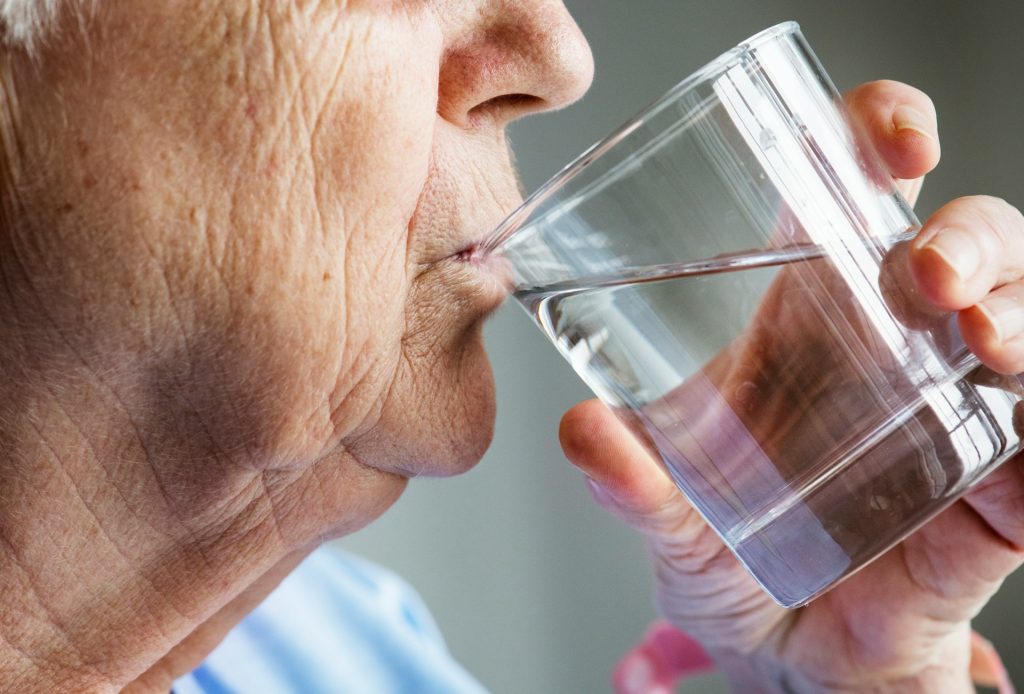Maintaining mobility after physical therapy is crucial for seniors to continue enjoying an active and independent life. Physical therapy helps regain strength and movement, but what happens after those sessions end? Staying mobile is essential for overall health and well-being.
Without regular movement, muscles can weaken, and joints may stiffen, leading to reduced mobility. This can affect daily activities like walking, climbing stairs, or even getting out of bed. Addressing this challenge involves adopting effective strategies to keep moving, stay healthy, and maintain independence.
Incorporating simple exercises, proper nutrition, and a supportive environment can make a significant difference. With the right approach, seniors can continue to enjoy their daily lives with greater ease and less discomfort. This article explores key strategies to help seniors maintain mobility and remain active long after their physical therapy sessions have ended.
Importance of Maintaining Mobility After Physical Therapy
Maintaining mobility after physical therapy is vital for seniors. It ensures that the progress made during therapy sessions continues. Regular movement prevents muscles from weakening and joints from getting stiff. When muscles and joints are strong, daily tasks become easier and safer.
Mobility also plays a key role in overall health. Staying active helps improve blood circulation, which is essential for heart health. It also aids in digestion and helps maintain a healthy weight. Active seniors are less likely to develop chronic conditions like heart disease and diabetes.
Mental health is another important factor. Being mobile allows seniors to engage in social activities and hobbies. Social interaction and physical activity can reduce feelings of loneliness and depression. Regular movement boosts endorphins, which improve mood and energy levels.
Maintaining mobility is crucial for physical and mental well-being. It enhances independence, overall health, and life satisfaction.
Simple Exercises to Keep Moving
Simple exercises help seniors stay mobile and healthy after physical therapy. These exercises don’t require special equipment and can be done at home. Here are a few simple exercises to keep moving:
- Walking: Walking is one of the easiest and most effective exercises. It improves cardiovascular health, strengthens muscles, and increases joint flexibility. Aim for a daily walk of at least 30 minutes.
- Chair Exercises: These exercises are great for those with limited mobility. Simple movements like leg lifts, knee extensions, and seated marches can strengthen muscles and improve blood flow.
- Stretching: Stretching helps keep muscles flexible and prevents stiffness. Focus on gentle stretches for major muscle groups, such as hamstrings, calves, and shoulders. Stretching can be done daily or as part of a warm-up routine.
- Light Strength Training: Using light weights or resistance bands can help maintain muscle mass. Simple exercises like bicep curls, shoulder presses, and leg lifts can improve muscle strength. Start with light weights and gradually increase as strength improves.
- Balance Exercises: Balance is crucial for preventing falls. Simple exercises like standing on one foot, heel-to-toe walking, and side leg raises can enhance balance and stability.
Incorporating these exercises into a daily routine can make a significant difference. Regular movement helps maintain the progress made during physical therapy and ensures long-term mobility and independence.
Nutrition and Hydration for Joint Health
Proper nutrition and hydration play a crucial role in maintaining joint health, especially for seniors. Eating a balanced diet helps keep joints strong and reduces inflammation. Here are a few tips for enhancing joint health through nutrition and hydration:
- Eat Anti-Inflammatory Foods: Foods rich in omega-3 fatty acids, like salmon, walnuts, and flaxseed, help reduce inflammation. Leafy greens, berries, and tomatoes are also great choices, as they contain antioxidants that protect joints.
- Stay Hydrated: Drinking enough water is essential for lubricating joints and maintaining their elasticity. Aim to drink at least eight glasses of water a day. Hydration helps prevent stiffness and keeps joints flexible.
- Include Calcium-Rich Foods: Calcium is vital for bone health. Foods like dairy products, leafy greens, and fortified cereals provide the necessary calcium to keep bones strong and support the joints.
- Add Vitamin D: Vitamin D helps the body absorb calcium more efficiently. Sunlight is a natural source, but you can also find vitamin D in foods like fortified milk, eggs, and fatty fish.
- Consume Lean Proteins: Proteins are essential for building and repairing tissues, including muscles around the joints. Lean meats, beans, and tofu are excellent sources of protein that support joint health.
By focusing on nutrition and hydration, seniors can support their joint health and maintain mobility. A well-balanced diet keeps the body strong and reduces the risk of joint-related issues.
Building a Supportive Environment for Continued Mobility
A supportive environment is key for seniors to maintain mobility after physical therapy. Creating a safe and encouraging space makes it easier to stay active and avoid injuries. Here are some tips for building a supportive environment:
- Modify Your Home: Make necessary adjustments, such as installing grab bars in the bathroom, using non-slip mats, and ensuring that pathways are clear of obstacles. These changes help prevent falls and create a safer living space.
- Join Group Activities: Participating in group exercises or classes designed for seniors can be motivating. Activities like yoga, tai chi, or walking groups offer a social aspect and help maintain regular exercise routines.
- Seek Support from Family and Friends: Encourage family and friends to be involved in your fitness journey. They can provide motivation, accompany you on walks, or help with exercises, making it more enjoyable to stay active.
- Use Assistive Devices: Devices like walkers, canes, or orthotic insoles can aid in maintaining mobility. They provide the necessary support and balance, reducing the risk of falls and injuries.
- Stay Connected with Healthcare Providers: Regular check-ups with doctors or physical therapists ensure that you are on the right track. They can provide personalized advice and adjust your exercise plan as needed.
Building a supportive environment helps seniors stay active and continue their mobility journey effectively. When the surroundings are safe and encouraging, staying mobile becomes a sustainable and enjoyable part of life.
Conclusion
Maintaining mobility after physical therapy is essential for seniors to continue leading an active and independent life. Adopting simple exercises, following a nutritious diet, and staying hydrated are important steps in this journey. Equally crucial is creating a safe and supportive environment to stay active and avoid injuries. These strategies collectively help in preserving the progress made during physical therapy and promote long-term well-being.
Ready to enhance your mobility and overall health? At Eightlimfit, we offer specialized post-physical therapy health and wellness programs tailored for seniors in Phoenix and Scottsdale. Our expert team is dedicated to helping you stay active and healthy. Contact us today to start your journey to lasting mobility and well-being!

